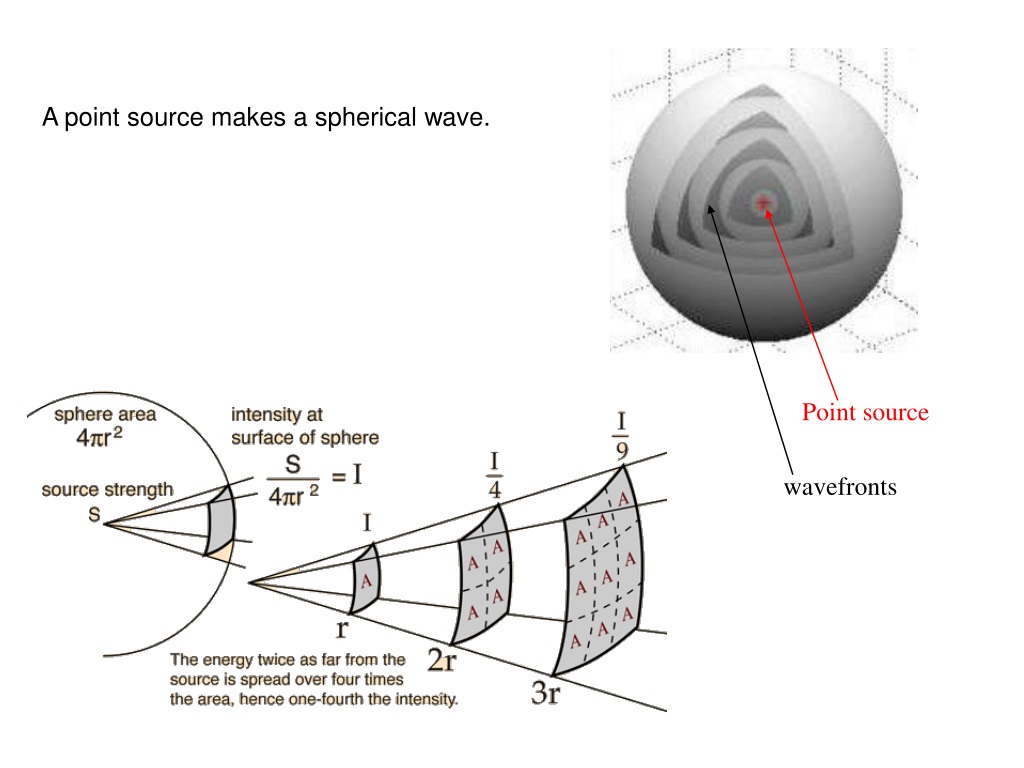The New York Times has a recent guest article entitled The Story of Our Universe May Be Starting to Unravel. It is in some ways good to see doubts about the Standard Model of Cosmology surfacing in the mainstream press. What the authors, an astrophysicist and a theoretical physicist, have on offer though is some weak tea and a healthy dose of the usual exculpatory circular reasoning.
The authors do point out some of the gaping holes in the SMoC’s account of the Cosmos:
- “normal” matter — the stuff that makes up people and planets and everything else we can see — constitutes only about 4 percent of the universe. The rest is invisible stuff called dark matter and dark energy (roughly 27 percent and 68 percent).
- Cosmic inflation is an example of yet another exotic adjustment made to the standard model. Devised in 1981 to resolve paradoxes arising from an older version of the Big Bang, the theory holds that the early universe expanded exponentially fast for a fraction of a second after the Big Bang.
That’s a start I guess but then we get this absurd rationalization for simply accepting the invisible and entirely ad hoc components of the SMoC:
There is nothing inherently fishy about these features of the standard model. Scientists often discover good indirect evidence for things that we cannot see, such as the hyperdense singularities inside a black hole.
Let’s be clear here about this so-called “indirect evidence“; all of it essentially boils down to model dependent inference. Which is to say, you cannot see any evidence for these invisible and/or impossible (singularities) things unless you peer through the distorting lenses of the simplistic mathematical models beloved of modern theoretical physicists. People who believe that mathematical models determine the nature of physical reality are not scientists, they are mathematicists and they are deluded – they believe in things that, all the evidence says, are not there.
Not only are mathematicists not scientists, they are not good mathematicians either. If they were good at math and found that one of their models was discordant with physical observations they would correct the math to reflect observations. What mathematicists do is correct reality to fit their math. That is where the dark sector (dark matter & dark energy) come from – they added invisible stuff to reality to make it fit their broken model.
A mathematician did come up with a correction to Newtonian dynamics that had been inaccurately predicting the rotation curves of disk galaxies. Mordehai Milgrom developed MOND (Modified Newtonian Dynamics) in the 1980s and it was quite successful in predicting galactic disk dynamics.
Unfortunately the mathematicists had already off-loaded their problem onto reality by positing the existence of some unseen dark matter. All you have to know about the state of modern theoretical physics is that after 40 years of relentless searching and failure to discover any empirical evidence there remains a well-funded Dark Matter cottage industry, hard at work seeking evidence for the non-existent. This continuing search for that which is not there represents a betrayal of science.
It might appear that the authors here are not mathematicists given that they seem to be suggesting that the SMoC is not sacrosanct and needs to be reconsidered in its entirety:
We may be at a point where we need a radical departure from the standard model, one that may even require us to change how we think of the elemental components of the universe, possibly even the nature of space and time.
Sounds promising but alas, the reconsideration is not to be of the foundational assumptions of the model itself but only certain peripheral aspects that rest on those assumptions such as “…the assumption that scientific laws don’t change over time.” Or they suggest giving consideration to to this loopy conjecture: “…every act of observation influences the future and even the past history of the universe.“
What the authors clearly do not wish to reconsider is the model’s underlying concept of an Expanding Universe. That assumption – and it is only an assumption of the model – was adopted 100 years ago at a time when it was still being debated whether the galaxies we observed were a part of, or separate from, the Milky Way. It was, in other words, an assumption made in ignorance of the nature and extent of the Cosmos as we now observe it. The authors treat the Expanding Universe concept as though it had been handed down on stone tablets by some God of Mathematicism:
A potent mix of hard-won data and rarefied abstract mathematical physics, the standard model of cosmology is rightfully understood as a triumph of human ingenuity. It has its origins in Edwin Hubble’s discovery in the 1920s that the universe was expanding — the first piece of evidence for the Big Bang. Then, in 1964, radio astronomers discovered the so-called Cosmic Microwave Background, the “fossil” radiation reaching us from shortly after the universe began expanding.
For the record, Edwin Hubble discovered a correlation between the redshift of light from a galaxy and its distance. That is all he discovered. It is an assumption of the model that the redshift is caused by some form of recessional velocity. It is also an assumption of the abstract mathematical physics known as the FLRW equations that the Cosmos is a unified, coherent, and simultaneously existing entity that has a homogenous and isotropic matter-energy distribution. Both of those assumptions have been falsified by observations and by known physics.
Also for the record it should be noted that prior to the discovery of the Cosmic Microwave Background Radiation predictions by Big Bang cosmologists ranged over an order of magnitude that did not encompass the observed 2.7K value. At the same time scientists using thermodynamic considerations made more accurate predictions.
The belief in an Expanding Universe has no scientific basis. It is a mathematicist fantasy, and until that belief is set aside, the Standard Model of Cosmology will remain a crappy, deluded fairy tale that does not in any objective way resemble the magnificent Cosmos we observe.


 when a small amount of energy
when a small amount of energy  is introduced into the system at a certain temperature
is introduced into the system at a certain temperature  .” The only measurements made are of energy and temperature. Entropy is a made-up mathematical concoction; It is not a real property of physical reality.
.” The only measurements made are of energy and temperature. Entropy is a made-up mathematical concoction; It is not a real property of physical reality.